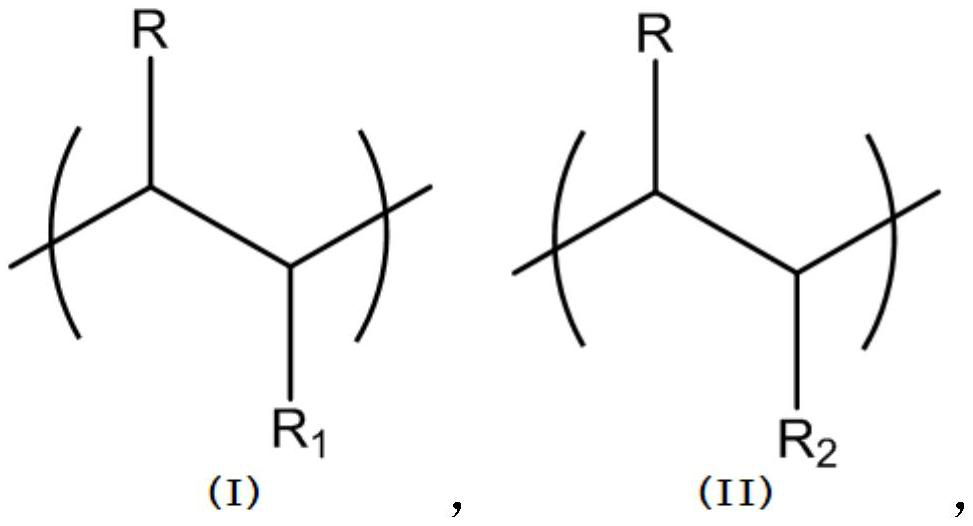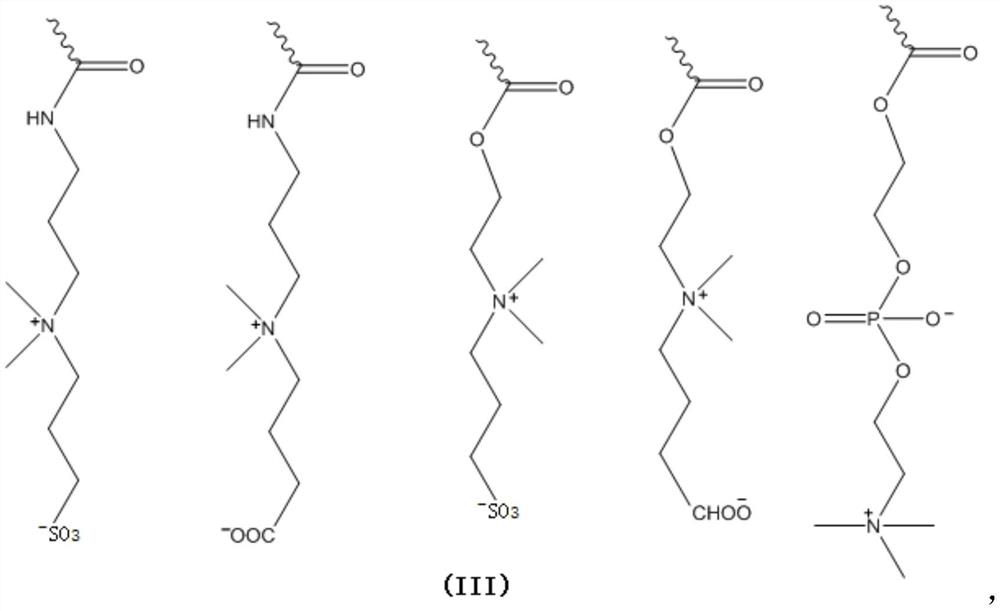A valve with antithrombotic and anticalcification functions, its preparation method and application
An anti-thrombosis and valve technology, applied in the field of medical materials, can solve problems such as calcification and heart valve prone to thrombosis, and achieve the effects of preventing valve leaflet thickening, improving biocompatibility and anti-calcification ability, and reducing aldehyde residues
- Summary
- Abstract
- Description
- Claims
- Application Information
AI Technical Summary
Problems solved by technology
Method used
Image
Examples
Embodiment 1~3
[0029] A valve with antithrombotic and anticalcification functions, which is prepared through the following steps:
[0030] S1: Wash the fresh porcine pericardium thoroughly with deionized water, and add PBS buffer to completely immerse the tissue;
[0031] S2: Add glutaraldehyde to the PBS buffer solution until the concentration of glutaraldehyde is 0.5-0.7 wt%, cross-link at room temperature for 6-8 days, then remove and clean to obtain cross-linked porcine pericardium;
[0032] S3: Soak the cross-linked porcine pericardium with a zwitterionic polymer solution with a concentration of 0.1-5wt%, wherein the zwitterionic polymer includes repeating units shown in formula (I) and formula (II), and the zwitterionic polymer is shown in the formula The molar ratio of the repeating unit shown in (II) is 0.1%-50%, and the rest is the repeating unit shown in formula (I). Porcine pericardium is immersed in the zwitterionic polymer solution at room temperature for 2 to 4 days, then take...
experiment example 1
[0037] Experimental Example 1: Anticoagulant performance of valve material
[0038] The valve material prepared in the example and the valve material without zwitterion modification were cleaned and cut into 8 mm diameter discs, and they were incubated with platelet-rich plasma for 1 hour, and then measured using a lactate dehydrogenase kit after cleaning The amount of platelet adsorption on the valve material is shown in Table 2. It can be seen from Table 2 that the anticoagulant performance of the biological valve modified by zwitterions is significantly higher than that of the unmodified biological valve,
[0039] Table 2 Adsorption of platelets on valve tissue
[0040] name of association Adsorption capacity AMA-MPC 0.5±0.3 AMA-SBMA 0.2±0.2 AMA-CBMA 0.4±0.2 Glutaraldehyde cross-linked biological valve 1.2±0.1
experiment example 2
[0041] Experimental Example 2: Anti-calcification properties of valve materials
[0042] The valve material prepared in the embodiment and the valve material without zwitterion modification were cut into sheets of 1 square centimeter, implanted subcutaneously in SD rats and taken out after 90 days, and the calcium content on the valve material was measured, the results are shown in Table 3 . It can be seen from Table 3 that the degree of calcification of the biological valve modified by zwitterions is weaker than that of the biological valve after glutaraldehyde crosslinking, indicating that the anti-calcification performance of the valve is significantly improved after zwitterion modification.
[0043] Table 3 Calcium content in biological tissues
[0044] name of association Calcium content (g / kg) AMA-MPC 14.9 AMA-SBMA 15.2 AMA-CBMA 15.5 Glutaraldehyde cross-linked biological valve 120.6
PUM
 Login to View More
Login to View More Abstract
Description
Claims
Application Information
 Login to View More
Login to View More - R&D
- Intellectual Property
- Life Sciences
- Materials
- Tech Scout
- Unparalleled Data Quality
- Higher Quality Content
- 60% Fewer Hallucinations
Browse by: Latest US Patents, China's latest patents, Technical Efficacy Thesaurus, Application Domain, Technology Topic, Popular Technical Reports.
© 2025 PatSnap. All rights reserved.Legal|Privacy policy|Modern Slavery Act Transparency Statement|Sitemap|About US| Contact US: help@patsnap.com



